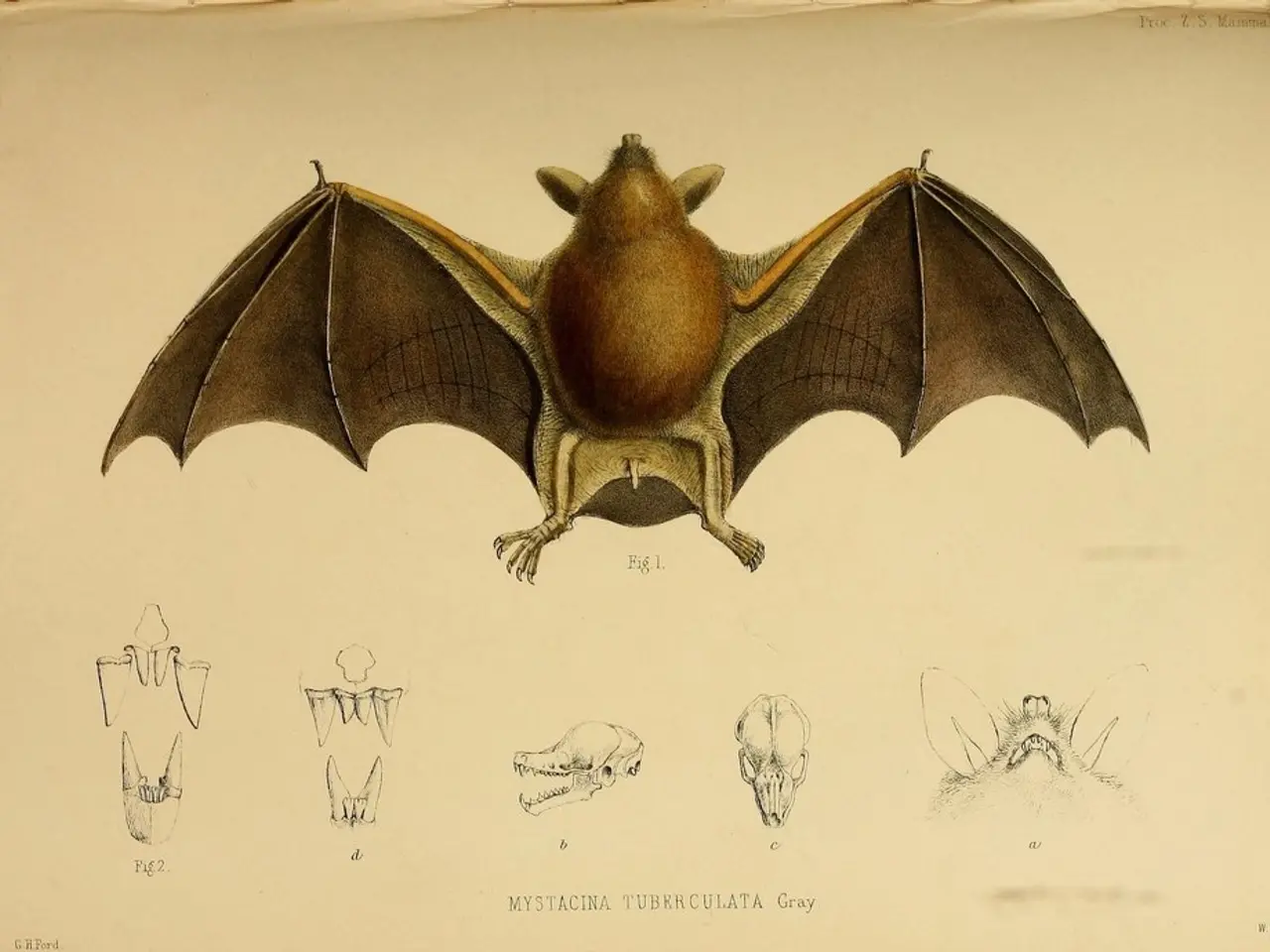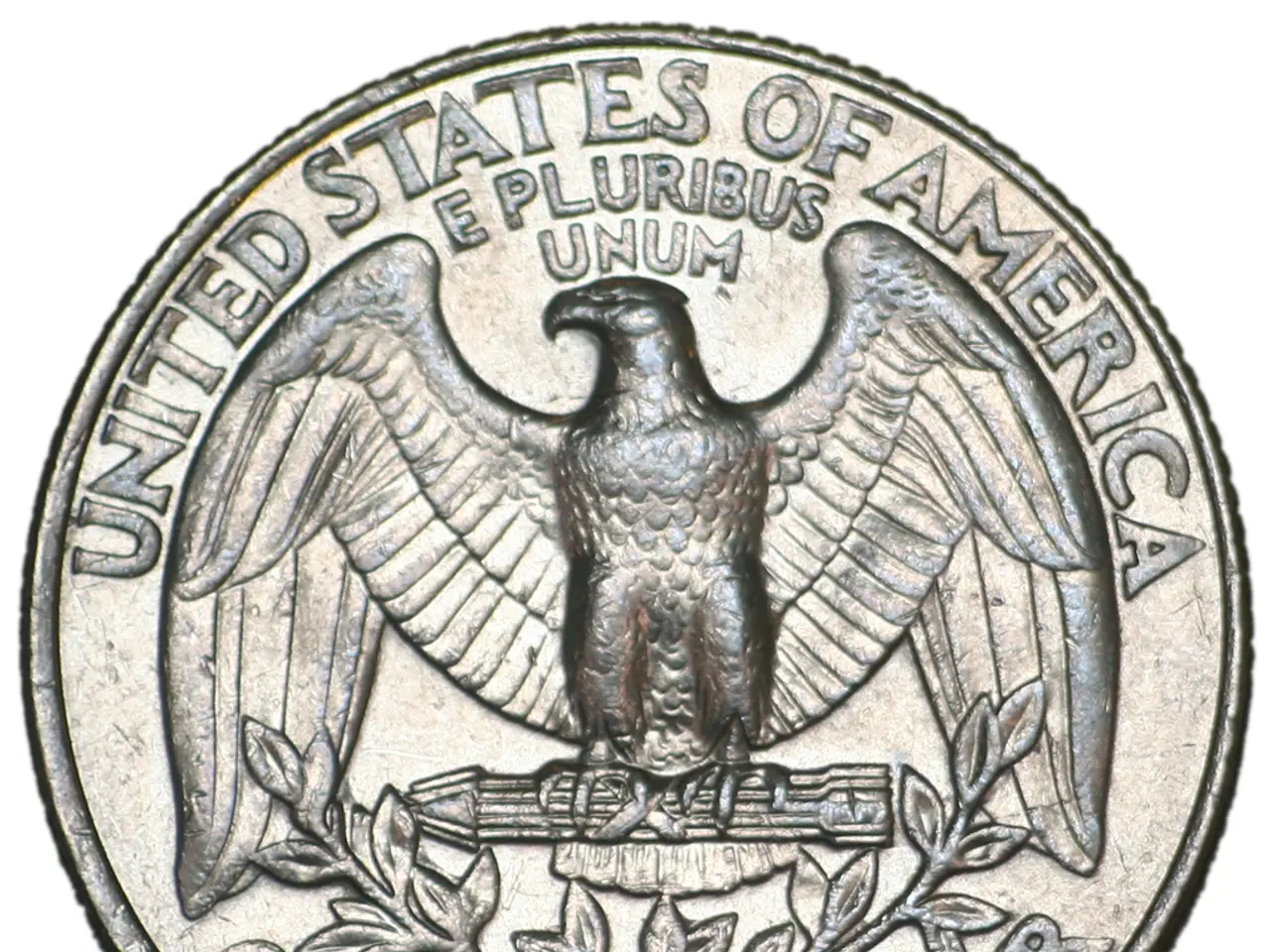Investigation
Nio, the Chinese electric vehicle manufacturer, has recently unveiled a new ternary lithium iron battery with a capacity of 75kWh. This innovative battery, developed in collaboration with battery supplier CATL, promises a balanced combination of performance, cost-effectiveness, and environmental friendliness.
One of the key features of the new battery is its state of charge estimation capability. This feature, along with the battery's power of 75kWh and an energy density of 142wh/kg, is expected to provide a significant boost to the endurance of Nio's vehicles. According to the company, the 2020 ES8 with the new battery will offer a range of 450km, while the 2020 EC6 performance version will reach 465km.
Despite a slight increase in attenuation in the first year of service compared to the original ternary lithium 70kWh battery pack, the new 75kWh battery pack holds its ground in medium and long-term use. In fact, it demonstrates the same level of attenuation as the traditional lithium iron phosphate battery, and even outperforms it in certain aspects, such as low-temperature endurance loss. The new insulation design and the application of the new generation CTP (cell to pack) technology are credited for minimizing the low-temperature endurance loss by 25%.
The new battery also innovatively adopts a mixed arrangement of ternary lithium and lithium iron phosphate batteries. This hybrid solution, which has been in development for almost a year, aims to combine the pros and cons of both ternary lithium and LFP batteries into a new battery mix. This approach offers the benefits of both worlds, such as the high energy density of ternary lithium batteries and the cost-effectiveness, safety, and longevity of LFP batteries.
It's important to note that the new battery is the world's first dual system power estimation battery, with ten patents and patent applications. This technology is expected to reduce the SOC calculation error of the ternary lithium-iron battery pack from 10% to 3%.
While solid-state battery mass production is still years away, this new development marks a significant step forward for Nio in its quest to offer a more balanced and cost-effective battery solution for its electric vehicles.
In other Nio news, the company has recently produced its 800,000th car in China after seven years of operating. This milestone underscores Nio's commitment to sustainable mobility and its growing presence in the Chinese market.
However, it's worth mentioning that Nio has recently cancelled lifetime free battery swap benefits for some early adopters over policy abuse. This decision has sparked discussions about the company's approach to customer loyalty and the evolving landscape of electric vehicle benefits.
In comparing LFP and ternary lithium batteries, LFP batteries offer advantages such as lower cost, improved safety, longer lifespan, better fast charging capability, eco-friendliness, and stable performance in frequent short trips. On the other hand, ternary lithium batteries have advantages such as higher energy density and better performance in cold conditions. The trade-off between the two types of batteries is largely between cost, safety, environmental impact, and longevity (favoring LFP) versus energy density and cold-weather performance (favoring ternary lithium). Recent advances in LFP fast charging and manufacturing are enabling wider adoption, especially where ultra-long range is less critical. This has led some manufacturers to offer both battery types tailored to different customer needs and vehicle models.
References:
[1] Battery University. (2021). Lithium Iron Phosphate (LFP) Battery. Retrieved from https://batteryuniversity.com/learn/article/lithium_iron_phosphate
[2] Green Car Reports. (2020). Lithium Iron Phosphate (LFP) Batteries: Pros, Cons, and Why They Matter for EVs. Retrieved from https://www.greencarreports.com/news/1125686_lithium-iron-phosphate-lfp-batteries-pros-cons-and-why-they-matter-for-evs
[3] Electrek. (2020). Nio's new battery tech could reduce the cost of electric vehicles. Retrieved from https://electrek.co/2020/09/16/nios-new-battery-tech-could-reduce-the-cost-of-electric-vehicles/
[4] InsideEVs. (2021). Nio's New Battery Technology: What We Know So Far. Retrieved from https://insideevs.com/news/579612/nios-new-battery-technology-what-we-know-so-far/
The new battery developed by Nio, in collaboration with CATL, adopts a mixed arrangement of ternary lithium and lithium iron phosphate batteries, aiming to combine the advantages of both technologies, such as the high energy density of ternary lithium batteries and the cost-effectiveness, safety, and longevity of lithium iron phosphate batteries. This hybrid solution could potentially revolutionize the lifestyles of electric vehicle users by offering a more balanced and cost-effective solution.
In addition, the new battery is the world's first dual system power estimation battery, with ten patents and patent applications, designed to reduce the state of charge calculation error of the ternary lithium-iron battery pack from 10% to 3%. This advancement in technology could pave the way for further improvements in the range and endurance of electric vehicles like the 2020 ES8 and 2020 EC6 performance version, making them more appealing to customers who value technology and a sustainable lifestyle.




